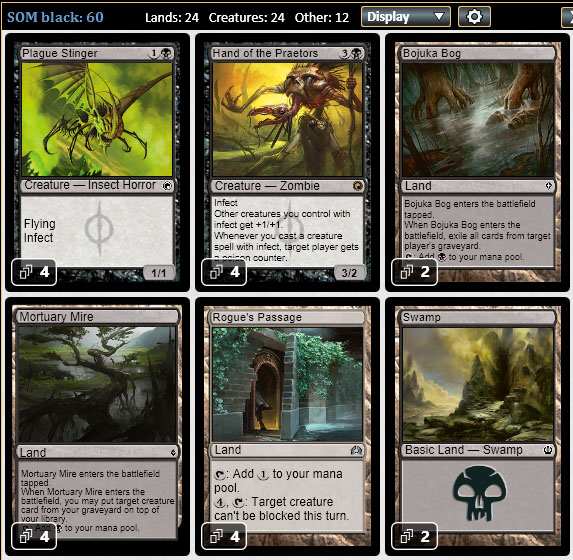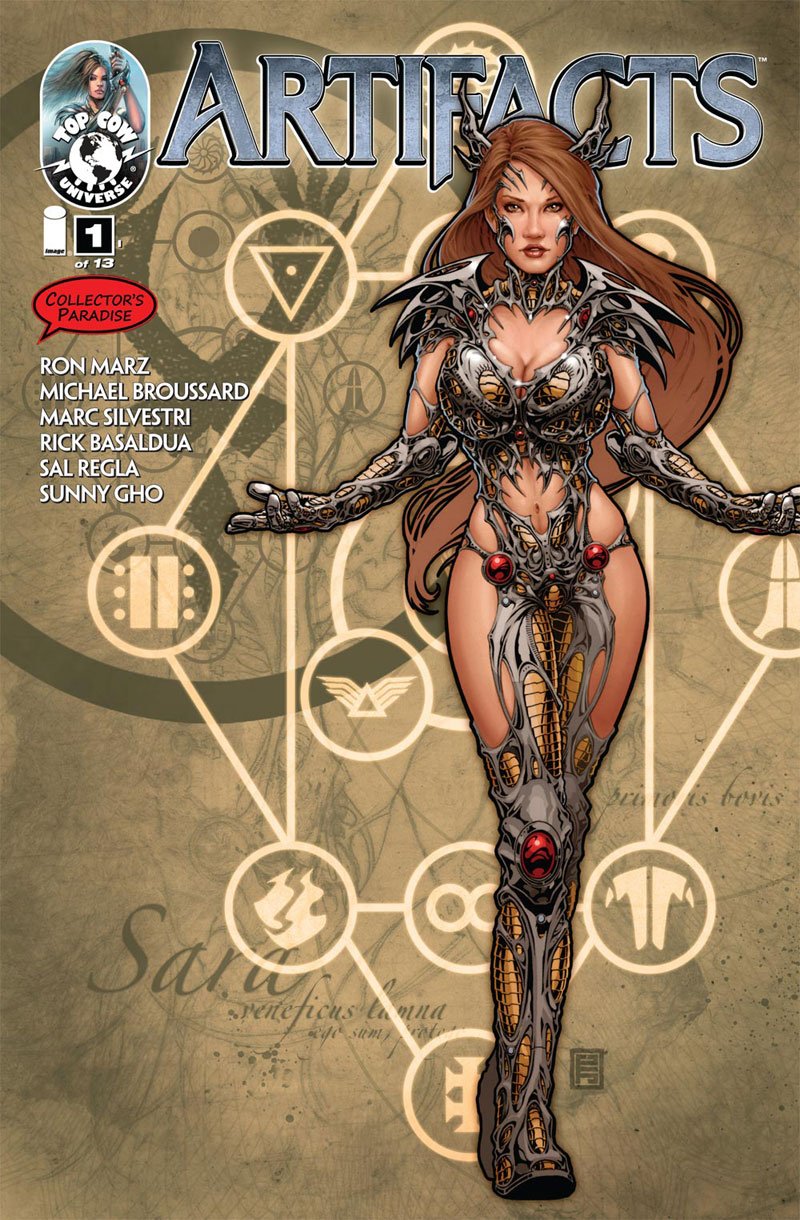

- #I HAVE BLACK ARTIFACTS ON 1.7 AUTOPANO VIDEO FOR FREE#
- #I HAVE BLACK ARTIFACTS ON 1.7 AUTOPANO VIDEO HOW TO#
- #I HAVE BLACK ARTIFACTS ON 1.7 AUTOPANO VIDEO FREE#
The Smithsonian Learning Lab’s open access hub outlines additional ideas for students and educators: “You could include a CCO resource in an e-book,” the page suggests, “or make it part of your new artwork, and you could sell those creations.” Because of Her StoryĪ Smithsonian Learning Lab collection on women's history offers a plethora of revelatory stories to discover.

Bodecker Foundation released music that adds a “contemporary pop culture twist” to the stories of prominent historical figures.
#I HAVE BLACK ARTIFACTS ON 1.7 AUTOPANO VIDEO FREE#
These two- and three-dimensional artifacts, specimens and datasets-including a saxophone owned by jazz musician Charlie Parker, the Apollo 11 command module and a “ creeping baby doll patent model”-are free for anyone to “use, transform and distribute,” making them ideal candidates for educators and students in search of creative projects.Įxamples of out-of-the-box applications abound: Ahead of the campaign’s launch, artist Amy Karle sculpted nine 3-D printed models of the National Museum of Natural History’s triceratops, introducing small changes in each one in the “ spirit of bioengineering.” Students mentored through Portland-based non-profit the N.M. Last month, the Smithsonian released 2.8 million high-resolution images from its collections into the public domain.
#I HAVE BLACK ARTIFACTS ON 1.7 AUTOPANO VIDEO HOW TO#
Smithsonian Open AccessĪuthor-illustrator duo Jon Scieszka and Steven Weinberg debut How to Make a Collagasaurus, a how-to booklet inviting kids to transform the Smithsonian collections into zany new art forms.

In the coming days and weeks, Smithsonian staff will continue to expand the Institution’s digital presence, adding webcasts and organizing resources so that educators across the country can quickly identify the most relevant offerings.įollow along with the #SmithsonianEdu hashtag, and browse the roundup below for a taste of the many tools available. Public Schools’ curriculum those further afield can use the Smithsonian Affiliate network’s distance learning portal to find offerings organized by specific state. Per the statement, residents of the nation’s capital can access resources specifically tailored to D.C. To help readers sort through the 1.7 million multimedia experiences available, Smithsonian magazine has curated the following list of eight online tools.
#I HAVE BLACK ARTIFACTS ON 1.7 AUTOPANO VIDEO FOR FREE#
“Whether during the course of everyday learning or in a crisis like this, parents, teachers and students can rely on the Smithsonian’s wealth of expertise and knowledge that is available for free at the click of a mouse.”Įach of the Smithsonian’s 19 museums, galleries, research centers and the National Zoo has its own webpage dedicated to educational resources. “The Smithsonian should have a prominent place in every classroom and home in America,” says Smithsonian Secretary Lonnie Bunch in a statement. Offerings range from low- or no-tech (interviewing family members for oral history projects) to high-tech (diving into an interactive exploration module).

To help support this search, the Smithsonian Institution has launched a central portal highlighting an array of distance learning resources, from STEM webcasts to American history podcasts and comprehensive lesson plans. As efforts to mitigate the effects of the coronavirus crisis ramp up, schools across the United States-including those in New York City, Washington, D.C., and dozens of states-have closed their doors, leading students, teachers and caregivers alike to seek out online educational tools.


 0 kommentar(er)
0 kommentar(er)
